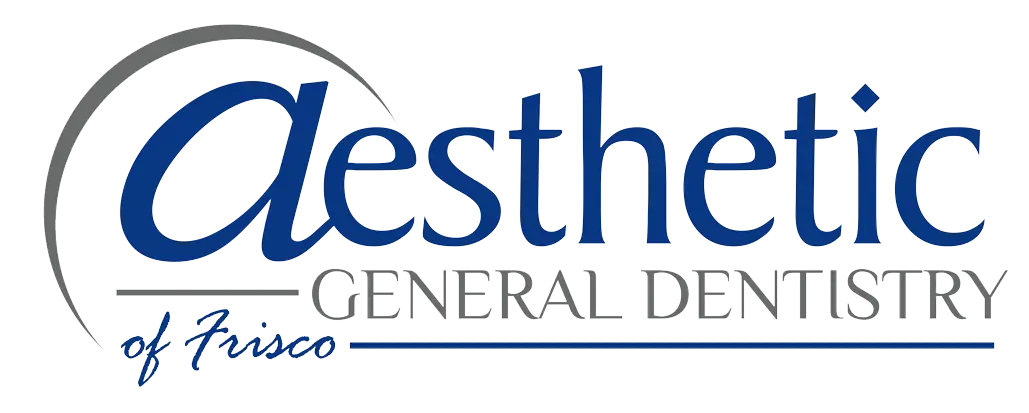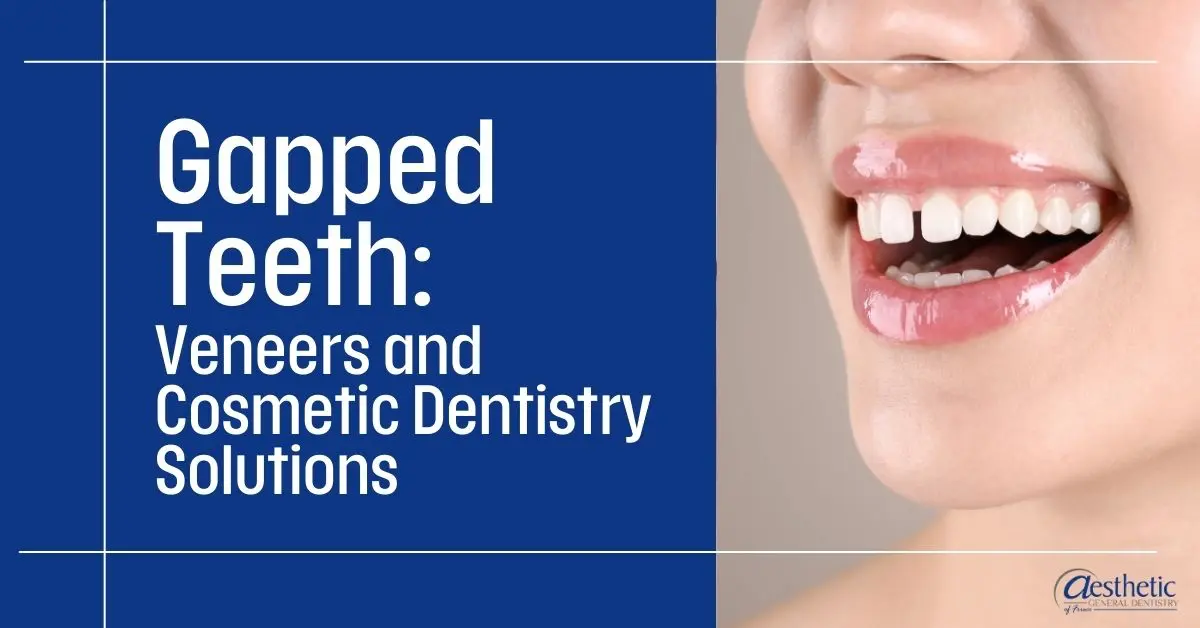Gapped teeth, also known as diastema, can be a source of self-consciousness for many individuals. Fortunately, several cosmetic dentistry solutions are available to address this issue, with veneers being one of the most popular options.
Veneers are custom-made tooth-colored shells or typically porcelain, bonded to the teeth’ front surface. They can effectively close gaps between teeth, creating a more uniform and aesthetically pleasing smile. Veneers are durable, stain-resistant, and can be adjusted to match surrounding teeth color and shape.
Another cosmetic dentistry solution for gapped teeth is braces, clear aligners, etc. The orthodontic treatment gradually shifts the teeth into alignment, closing gaps. This option may be recommended for individuals with more severe diastema or other bite-related issues.
You must see a dentist or orthodontist to determine the most suitable solution for gapped teeth. They will evaluate the individual’s oral health, consider their preferences and budget, and recommend the most appropriate treatment plan.
Remember, each case is unique, and while veneers and orthodontic treatment can be effective solutions, dentist consultation is essential to discuss the best course of action for achieving the desired results.
How can veneers fix gapped teeth?

Veneers can effectively fix gapped teeth by creating the appearance of a seamless, aligned smile. The thin shells of porcelain are custom-made to fit over the front surface of the teeth, covering any gaps. The spacing issue is visually corrected by placing veneers on the affected teeth, giving the illusion of properly aligned teeth.
Depending on the design, the veneers can resemble neighboring teeth’ color and shape for a natural harmonious look. This cosmetic dentistry solution is a non-invasive way to address gapped teeth, providing individuals with an enhanced smile and increased confidence in their appearance.
Are there other cosmetic solutions?
Yes, several other cosmetic solutions are available in addition to those mentioned earlier. Some common cosmetic solutions include:

- Teeth whitening: This procedure involves using bleaching agents to lighten the color of the teeth, removing stains and discoloration.
- Dental bonding: Bonding is a process in which a tooth-colored resin material is applied to the tooth surface, improving its appearance by filling in gaps, repairing chips, or changing the shape of the tooth.
- Dental crowns: Dental crowns are coverings that are fitted over decaying or broken teeth, discolored teeth, improving their appearance and providing strength and protection.
- Dental implants: Implants are artificial tooth roots surgically placed into the jawbone, providing a stable foundation for replacement teeth and enhancing appearance and functionality.
- Orthodontic treatment: Besides closing gaps with braces or aligners, orthodontics can correct crooked teeth, malocclusions, and other bite-related issues.
A visit to the dentist is necessary to ascertain the most suitable cosmetic solution based on individual needs and oral health.
What causes gaps between teeth?
Different reasons can produce diastema, or tooth gaps. Some common causes include:
- Genetics: In some cases, gaps between teeth can be hereditary. If a family member has holes, there may be a higher chance of inheriting the trait.
- Tooth size and jaw alignment: Discrepancies in tooth size or jaw alignment can result in gaps between teeth. If the teeth are smaller than the jaw, cracks may occur.
- Thumb sucking or pacifier use: Prolonged thumb sucking or pacifier use during childhood can put pressure on the teeth, causing them to shift and create gaps.
- Missing teeth: Where a tooth is lost, surrounding teeth may shift, leading to gaps in the dental arch.
- Gum disease or bone loss: Periodontal disease or bone loss can affect the stability of the teeth, potentially causing them to shift and create gaps.
Consultation with a dental professional is strongly suggested in this situation in order to determine the precise cause of the gaps and to make a recommendation for the treatment approach that is most suitable.
Can gapped teeth affect oral health?
Gapped teeth, known as diastema, can indeed impact oral health, and addressing both the cosmetic and health aspects of such dental concerns is a priority. The effects of gapped teeth on oral health may include:

- Gum Health: Spaces between teeth can lead to gum issues, as the open areas may be more susceptible to irritation and inflammation. Proper cleaning of these spaces is crucial to prevent gum disease.
- Tooth Decay: Gaps can create challenges in maintaining optimal oral hygiene, allowing for the accumulation of plaque and bacteria. This increases the risk of tooth decay and cavities.
- Misalignment Issues: Gapped teeth may be indicative of misalignment problems. Misaligned teeth can contribute to malocclusion, leading to uneven wear, jaw discomfort, and difficulty chewing.
- Speech Impediments: In some cases, gaps between teeth can affect speech patterns and pronunciation, impacting communication.
- Self-Esteem: Beyond the physical aspects, gapped teeth can influence an individual’s self-esteem and confidence, affecting their willingness to smile openly.
A comprehensive approach is taken to address the cosmetic and health-related concerns associated with gapped teeth. Dr. Cheung and the team tailor treatment plans to create a visually appealing smile and promote optimal oral health and overall well-being.
Do veneers require special care?
Yes, veneers do require special care to ensure their longevity and maintain their appearance.
Here are some tips for caring for veneers:
- Practice proper oral hygiene: Make it a habit to brush your teeth after each meal using a nonabrasive toothpaste and a soft-bristled toothbrush. Use gentle, circular motions and avoid excessive force.
- Floss daily: Clean between your teeth and around the veneers using dental floss or interdental brushes. This helps remove plaque and food particles, preventing gum disease and decay.
- Avoid teeth-staining foods and drinks: Limit consumption of beverages like coffee, tea, red wine, and foods with strong pigments that can potentially stain the veneers over time.
- Use a non-abrasive toothpaste: Choose a toothpaste that is not abrasive to avoid scratching or damaging the veneer’s surface.
- Avoid excessive force and habits: Refrain from biting on hard objects, such as ice or pens, as this can chip or damage the veneers. Additionally, avoid habits like nail-biting or chewing on non-food items.
- Visit your dentist regularly: Schedule regular check-ups and cleanings with your dentist to monitor the condition of your veneers and address any potential issues.
It’s important to follow these care practices and speak with a dentist for tailored recommendations on maintaining your veneers.
Call Us for a One-on-One Consultation!
At Aesthetic General Dentistry of Frisco, we prioritize the enduring satisfaction of our patients who choose veneers as a cosmetic enhancement. Incorporating diligent care practices is key to maximizing veneers’ longevity and aesthetic benefits.
Routine dental check-ups are integral, allowing us to professionally assess the veneers’ condition and promptly address any concerns. We guide our patients in avoiding staining agents to maintain the natural brightness of their veneers.
Our commitment to comprehensive care extends beyond the initial procedure, ensuring that each patient’s investment in masks at Aesthetic General Dentistry of Frisco results in sustained oral health, lasting satisfaction, and confidence in their radiant and transformed smiles.

